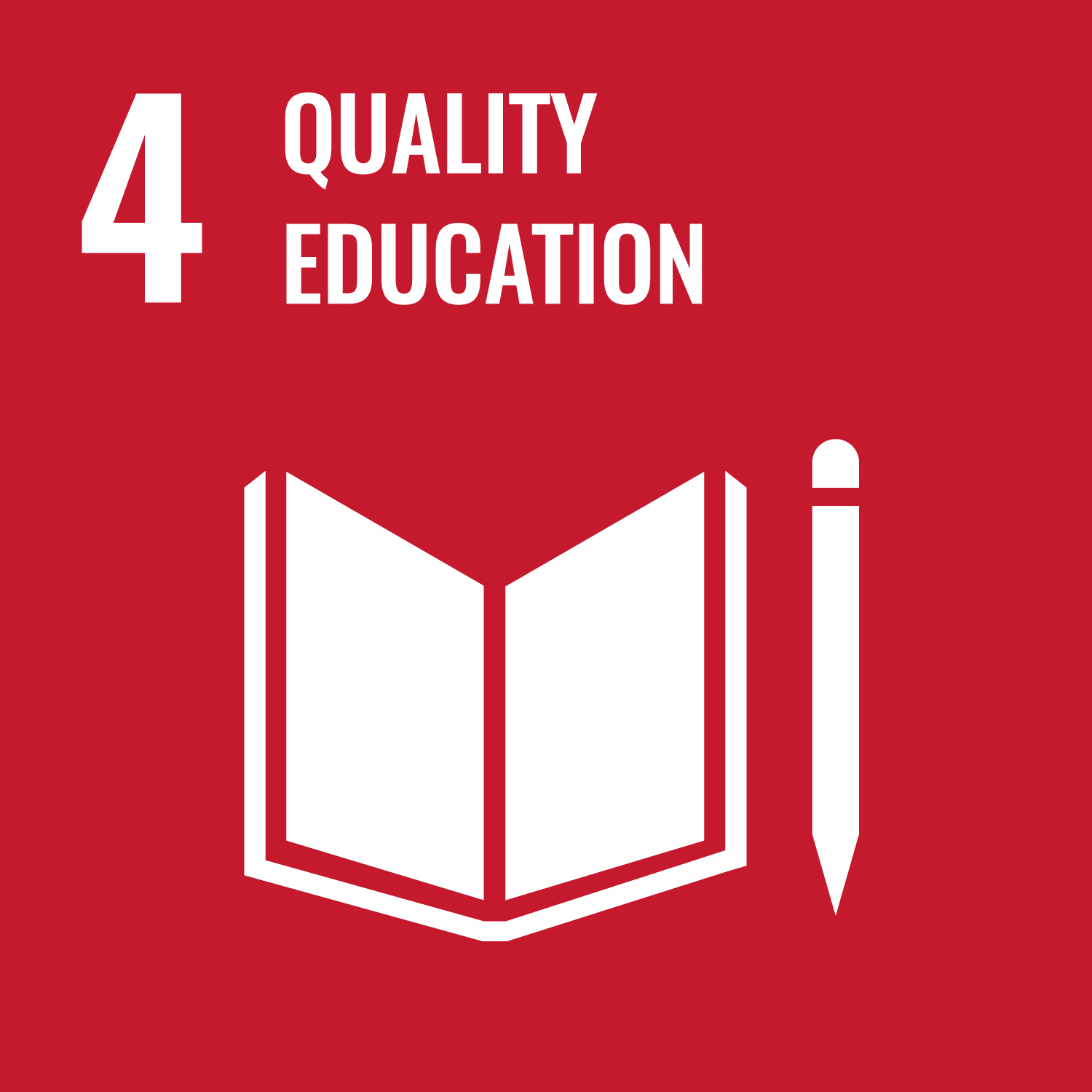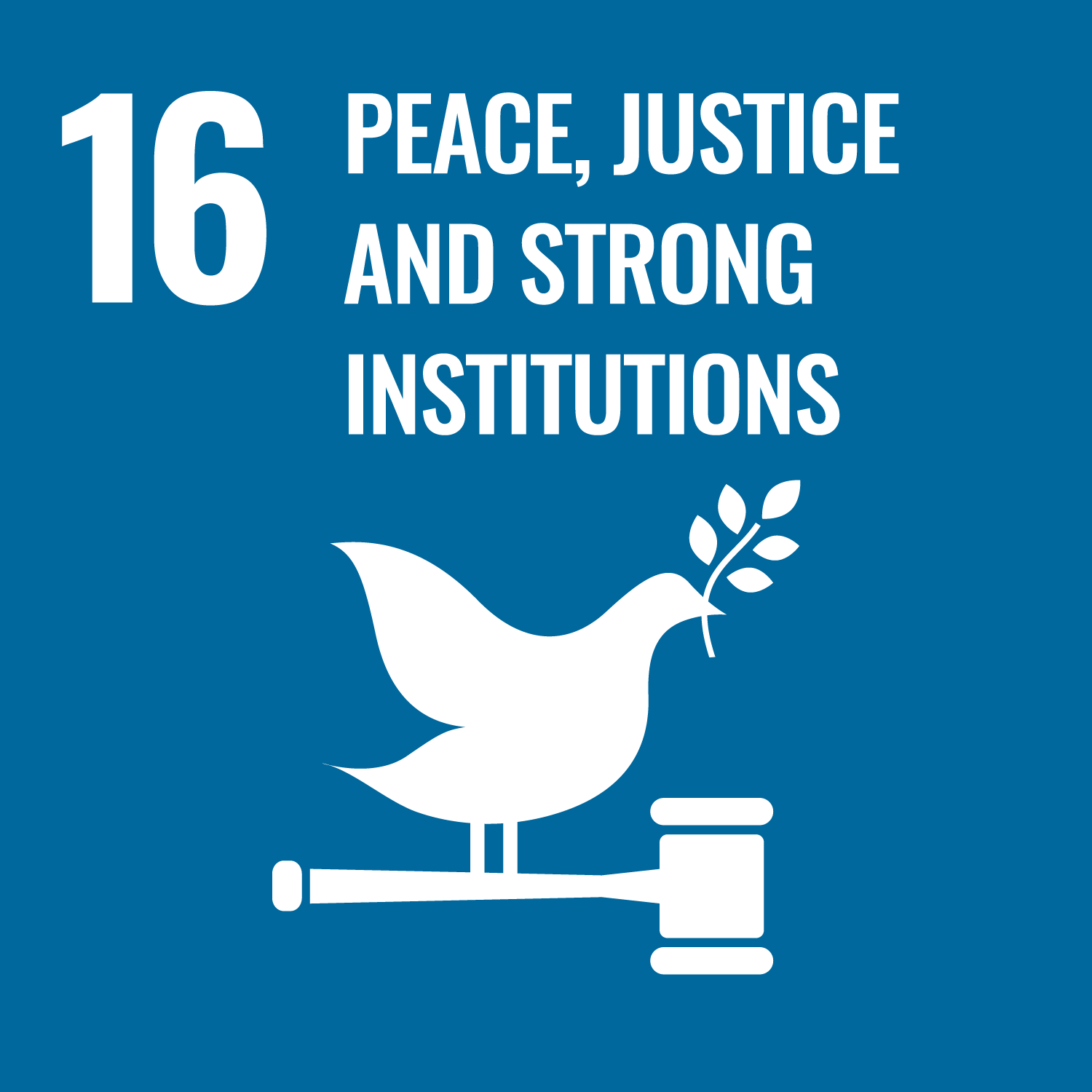Sustainable development goals in Széchenyi University
Goal 1: No poverty
"End poverty in all its forms everywhere"
SDG 1 calls for the eradication of poverty in all its manifestations. It envisions shared prosperity, a basic standard of living and social protection benefits for people everywhere, including the poorest and most vulnerable. The goal seeks to ensure equal rights and access to economic and natural resources.
Source: https://ec.europa.eu/eurostat/statistics-explained/index.php?title=SDG_1_-_No_poverty , https://sdgs.un.org/goals/goal1, https://sdgs.un.org/2030agenda
Goal 2: Zero hunger
"End poverty in all its forms everywhere"
SDG 2 seeks to end hunger and malnutrition and ensure access to safe, nutritious and sufficient food. Realising this goal will largely depend on promoting sustainable production systems and increasing investment in rural infrastructure and agricultural research and development.
Source:
Goal 3: Good health and well-being
"Ensure healthy lives and promote well-being for all at all ages"
SDG 3 aims to ensure health and promote well-being for all at all ages by improving reproductive, maternal and child health; ending epidemics of major communicable diseases; and reducing non-communicable and mental diseases. It also calls for reducing behavioural and environmental health-risk factors.
Source:
Goal 4: Quality education
"Ensure inclusive and equitable quality education and promote lifelong learning opportunities for all"
SDG 4 seeks to ensure access to equitable and quality education through all stages of life, as well as to increase the number of young people and adults who have the relevant skills for employment, decent jobs and entrepreneurship. The goal also envisages the elimination of gender and income disparities in access to education.
Source: https://ec.europa.eu/eurostat/statistics-explained/index.php?title=SDG_4_-_Quality_education
More information: https://sdgs.un.org/goals/goal4, https://sdgs.un.org/2030agenda
Goal 5: Gender equality
"Achieve gender equality and empower all women and girls"
SDG 5 aims to achieve gender equality by ending all forms of discrimination, violence and any harmful practices against women and girls in the public and private spheres. It also calls for the full participation of women and equal opportunities for leadership at all levels of political and economic decision-making.
Source:
Goal 6: Clean water and sanitation
"Ensure availability and sustainable management of water and sanitation for all"
SDG 6 calls for ensuring universal access to safe and affordable drinking water, sanitation and hygiene, and ending open defecation. It also aims to improve water quality and water-use efficiency and to encourage sustainable abstractions and supply of freshwater.
Source:
Goal 7: Affordable and clean energy
"Ensure access to affordable, reliable, sustainable and modern energy for all"
SDG 7 calls for ensuring universal access to modern energy services, improving energy efficiency and increasing the share of renewable energy. To accelerate the transition to an affordable, reliable and sustainable energy system that fulfils these demands, countries need to facilitate access to clean energy research and technology and to promote investment in resource- and energy-efficient solutions and related infrastructure.
Source:
Goal 8: Decent work and economic growth
"Promote sustained, inclusive and sustainable economic growth, full and productive employment and decent work for all"
SDG 8 recognises the importance of sustained economic growth and high levels of economic productivity for the creation of well-paid quality jobs, as well as resource efficiency in consumption and production. It calls for opportunities for full employment and decent work for all alongside the eradication of forced labour, human trafficking and child labour, and the promotion of labour rights and safe and secure working environments.
Goal 9: Industry, innovation and infrastructure
"Build resilient infrastructure, promote inclusive and sustainable industrialization, and foster innovation"
SDG 9 calls for building resilient and sustainable infrastructure and promotes inclusive and sustainable industrialisation. It also recognises the importance of research and innovation for finding lasting solutions to social, economic and environmental challenges.
Source:
Goal 10: Reduced enequalities
"Reduce inequality within and among countries"
SDG 10 addresses inequalities within and among countries. It calls for nations to reduce inequalities in income as well as those based on age, sex, disability, race, ethnicity, origin, religion or economic or other status within a country. The goal also addresses inequalities among countries, including those related to representation, and calls for the facilitation of orderly and safe migration and mobility of people.
Goal 11: Sustainable cities and communities
Make cities and human settlements inclusive, safe, resilient, and sustainable.
Goal: The world’s population is constantly increasing.To accommodate everyone, we need to build modern, sustainable cities. For all of us to survive and prosper, we need new, intelligent urban planning that creates safe, affordable and resilient cities with green and culturally inspiring living conditions.
Goal 12: Responsible consumption and production
"Ensure sustainable consumption and production patterns"
SDG 12 calls for a comprehensive set of actions from businesses, policy-makers, researchers and consumers to adapt to sustainable practices. It envisions sustainable production and consumption based on advanced technological capacity, resource efficiency and reduced global waste.
Source:
Goal 13: Climate action
"Take urgent action to combat climate change and its impacts by regulating emissions and promoting developments in renewable energy"
Goal 13 seeks to implement the United Nations Framework Convention on Climate Change commitment to achieving a climate-neutral world by mid-century to limit global warming to well below 2°C — with an aim of 1.5°C — compared with pre-industrial times. It also aims to strengthen countries’ resilience and adaptive capacity to climate-related natural hazards and the resulting disasters, with a special focus on supporting least-developed countries.
Source:
Goal 14: Life below water
"Conserve and sustainably use the oceans, seas and marine resources for sustainable development"
SDG 14 aims to protect and ensure the sustainable use of oceans. This includes the reduction of marine pollution and the impacts of ocean acidification, the ending of overfishing and the conservation of marine and coastal areas and ecosystems. SDG 14 has strong interdependencies with a broad range of other SDGs, as oceans sustain coastal economies and livelihoods, contribute to food production and function as a carbon sink.
Goal 15: Life on land
"Protect, restore and promote sustainable use of terrestrial ecosystems, sustainably manage forests, combat desertification, and halt and reverse land degradation and halt biodiversity loss"
SDG 15 seeks to protect, restore and promote the conservation and sustainable use of terrestrial, inland-water and mountain ecosystems. This includes efforts to sustainably manage forests and halt deforestation, combat desertification, restore degraded land and soil, halt biodiversity loss and protect threatened species.
Source:
Goal 16: Peace, justice and strong institutions
"Promote peaceful and inclusive societies for sustainable development, provide access to justice for all and build effective, accountable and inclusive institutions at all levels"
SDG 16 calls for peaceful and inclusive societies based on respect for human rights, protection of the most vulnerable, the rule of law and good governance at all levels. It also envisions transparent, effective and accountable institutions.
Source:
Goal 17: Partnerships for the goals
"Strengthen the means of implementation and revitalize the global partnership for sustainable development"
SDG 17 calls for a global partnership for sustainable development. The goal highlights the importance of global macroeconomic stability and the need to mobilise financial resources for developing countries from international sources, as well as through strengthened domestic capacities for revenue collection. It also highlights the importance of trade for developing countries and equitable rules for governing international trade. Furthermore, SDG 17 emphasises the importance of access to science, technology and innovation, in particular internet-based information and communications technology.

















